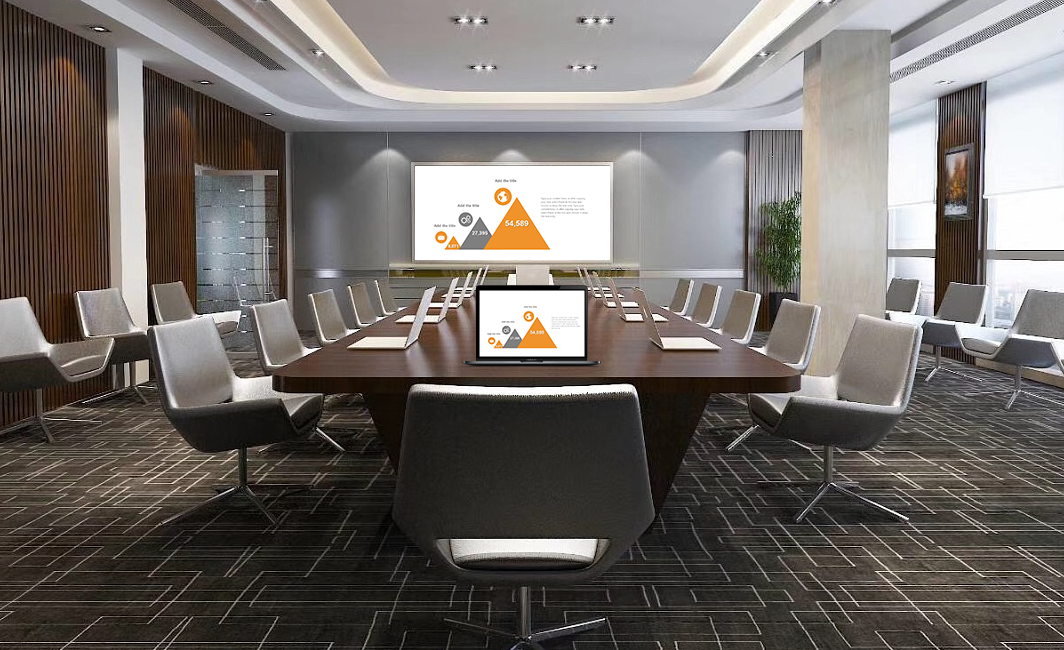Guide to Enterprise Wireless Meeting Deployment: Key Points for Screen Mirroring Technology Selection and Implementation
Deploying a high-quality wireless meeting environment requires systematic planning and professional implementation. Correct screen mirroring technology selection and scientific deployment plans are the keys to success.
1. Requirement Analysis Phase
Usage Scenario Evaluation
- Analyze meeting room scale: Determine the number of seats and space size to match screen mirroring devices with appropriate signal coverage.
- Count usage frequency: Identify whether the room is for daily small meetings or occasional large-scale seminars to balance device performance and cost.
- Sort out functional requirements: Clarify core needs such as multi-person simultaneous screen sharing, cross-platform compatibility, or guest network isolation.
Technical Indicator Confirmation
- Determine the number of connected devices: Ensure the system supports concurrent connections of all participants’ devices (laptops, mobile phones).
- Define display quality requirements: Specify standards like 4K ultra-high definition for scenarios involving design drafts or detailed data, or 1080P for general meetings.
- Set security standards: Establish requirements such as data encryption, access permission control, and internal network isolation to protect business information.
2. Solution Design Key Points
Device Selection Considerations
- Conduct compatibility testing: Verify that selected screen mirroring devices support mainstream protocols (Miracast, AirPlay, DLNA) and adapt to the enterprise’s existing device systems.
- Perform performance evaluation: Test key indicators like connection speed, latency, and anti-interference ability to ensure stable operation during peak usage.
- Reserve expandability: Choose scalable solutions that can add new devices or integrate with video conferencing systems as the enterprise grows.
Space Design Optimization
- Plan sightlines: Install display screens at a height and angle visible to all participants, avoiding obstructions like pillars or equipment.
- Handle acoustics: Match the screen mirroring system with appropriate audio equipment and conduct sound insulation treatment to prevent echo or noise interference.
- Configure lighting: Adjust indoor lighting brightness and direction to avoid screen glare, ensuring clear visibility of displayed content.
3. Operation and Maintenance Management Specifications
Establish a continuous operation mechanism:
- Build a usage training system: Provide targeted training for employees (e.g., basic operation tutorials for ordinary staff, advanced management training for meeting hosts).
- Develop a maintenance plan: Schedule regular inspections of screen mirroring devices, network equipment, and wiring, and perform firmware updates and hardware maintenance.
- Create an emergency handling process: Formulate solutions for common issues (e.g., connection failures, screen freezes) and designate responsible personnel to ensure rapid troubleshooting during meetings.
